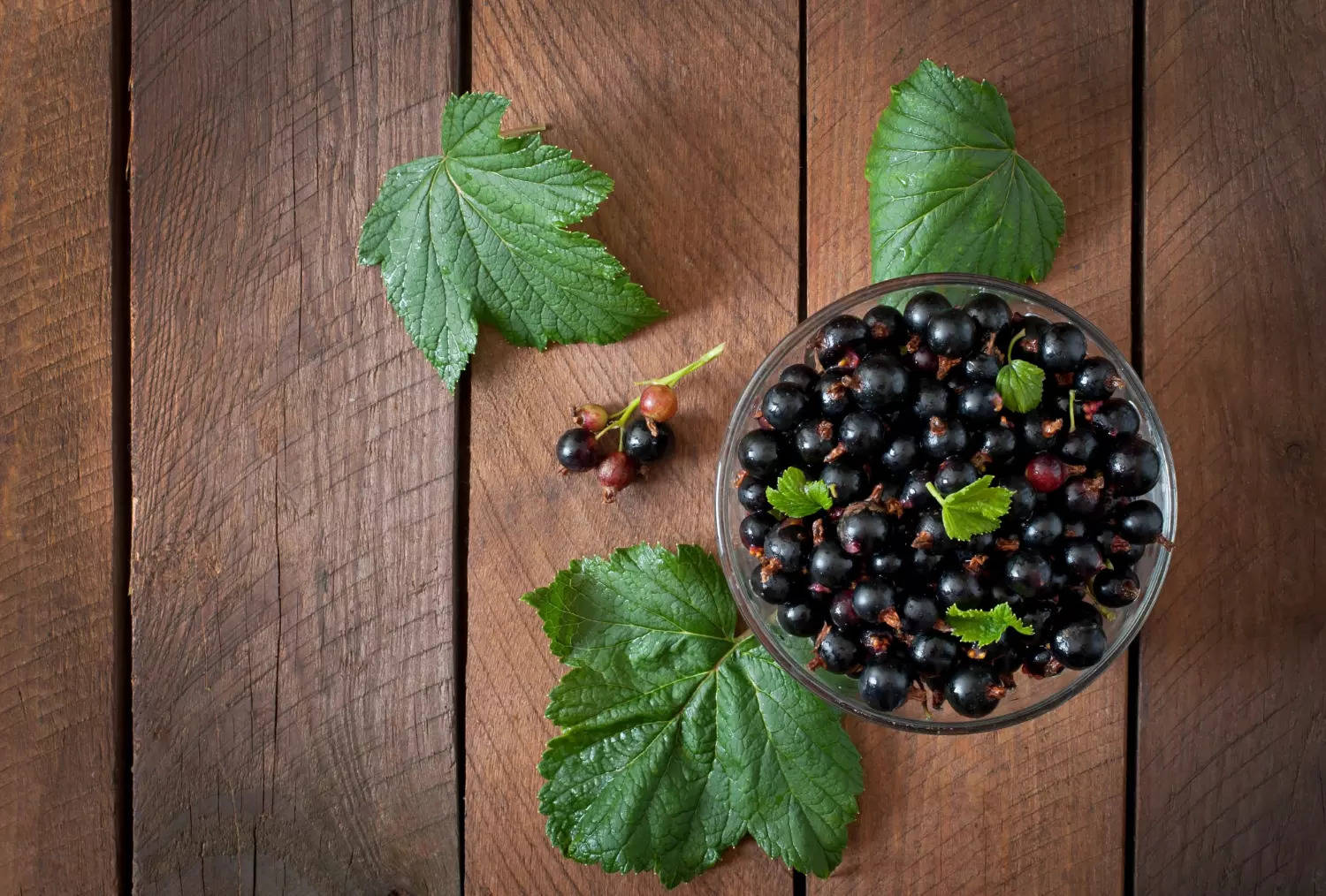How To Grow Blackcurrants In Recycled Containers: A Simple Eco-Friendly Guide

Growing blackcurrants is a rewarding endeavor, and when you choose to use recycled containers , you’re not only embracing sustainable gardening practices but also creating a unique, accessible garden even in limited spaces. Whether you’re a seasoned gardener or a beginner, container gardening with blackcurrants offers an excellent way to enjoy these nutrient-rich berries without a traditional garden plot.
Why Choose Recycled Containers?
Recycled containers are an eco-friendly alternative to store-bought pots. By repurposing old buckets, barrels, or even large plastic containers, you reduce waste while creating a perfect home for your blackcurrants. These containers are typically sturdy, affordable, and can be adapted with proper drainage solutions to support healthy root systems. The use of recycled containers also allows for creative customization, making your garden both practical and visually appealing.
Selecting the Right Container and Preparing It
When choosing a recycled container, make sure it is large enough to accommodate the mature size of a blackcurrant bush. A container with a minimum capacity of 10-15 gallons is ideal. Ensure your container has drainage holes at the bottom. If not, you can easily add them using a drill. To prevent soil erosion and root damage, line the bottom with a layer of gravel or small stones. This extra step improves drainage and helps keep your plant healthy by avoiding waterlogged soil.
Soil Mix and Planting
Blackcurrants thrive in fertile, well-drained soil with a slightly acidic to neutral pH. Prepare a mix of high-quality compost, garden soil, and a bit of sand to ensure proper drainage. Fill your recycled container with this blend, leaving enough space at the top for watering. Gently remove the blackcurrant plant from its nursery pot, loosen the roots, and place it in the container. Backfill with your soil mix, firming it gently around the roots to eliminate air pockets. Water the plant thoroughly to help settle the soil.
Sunlight, Watering, and Maintenance
Blackcurrants require at least six hours of sunlight daily, so place your container in a spot that receives ample natural light. However, in warmer climates, some afternoon shade can prevent the plant from overheating. Container-grown plants often dry out faster than those in the ground, so maintain a consistent watering schedule, especially during hot, dry spells. A deep watering once or twice a week should suffice, but always check the soil moisture to adjust accordingly.
Regular maintenance is essential for a thriving blackcurrant plant. Prune any dead or overcrowded branches to improve air circulation and reduce the risk of diseases. Consider adding a balanced organic fertilizer during the growing season to boost fruit production. With the right care, you’ll see lush growth and a bountiful harvest of blackcurrants in your recycled container garden.
Harvesting Your Berries
Blackcurrants are typically ready to harvest in early summer when the berries turn deep purple and are slightly soft to the touch. Gently pluck the clusters, and enjoy them fresh, or use them to create jams, juices, and other delicious treats. Growing blackcurrants in recycled containers not only provides a sustainable method of gardening but also yields healthy, nutrient-rich berries right at your doorstep.
Next Story